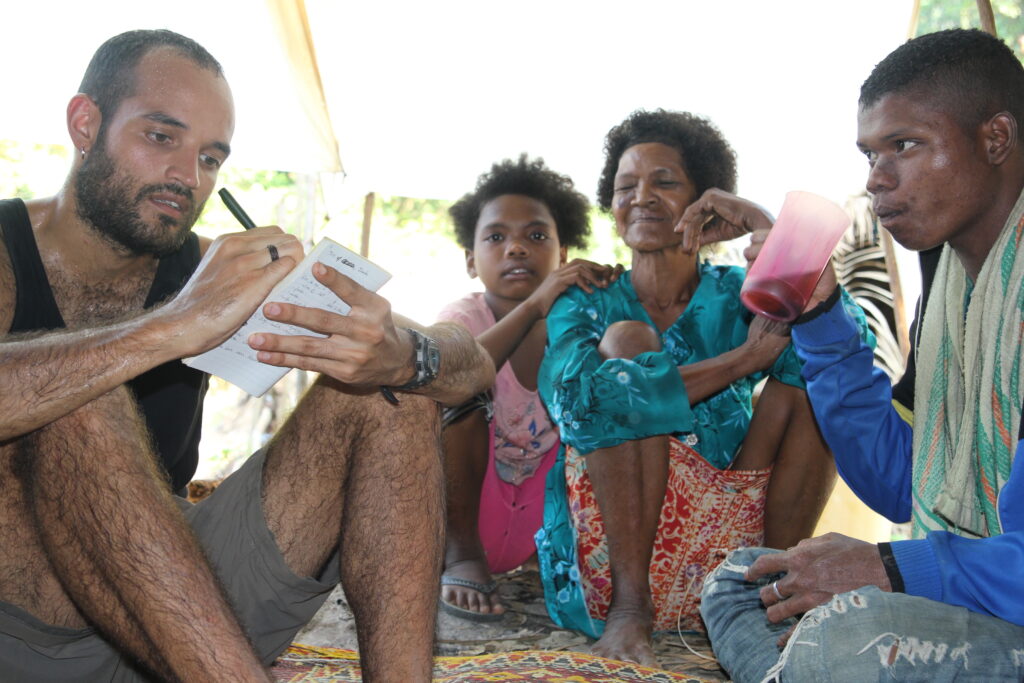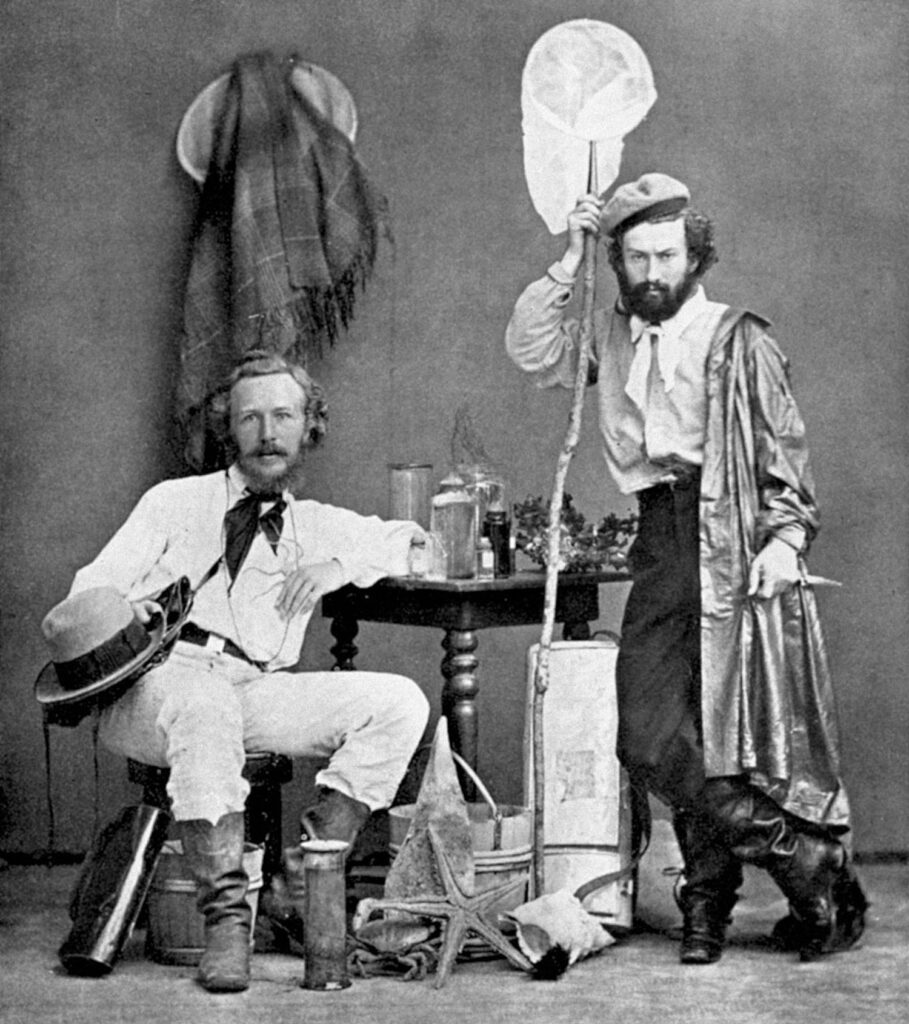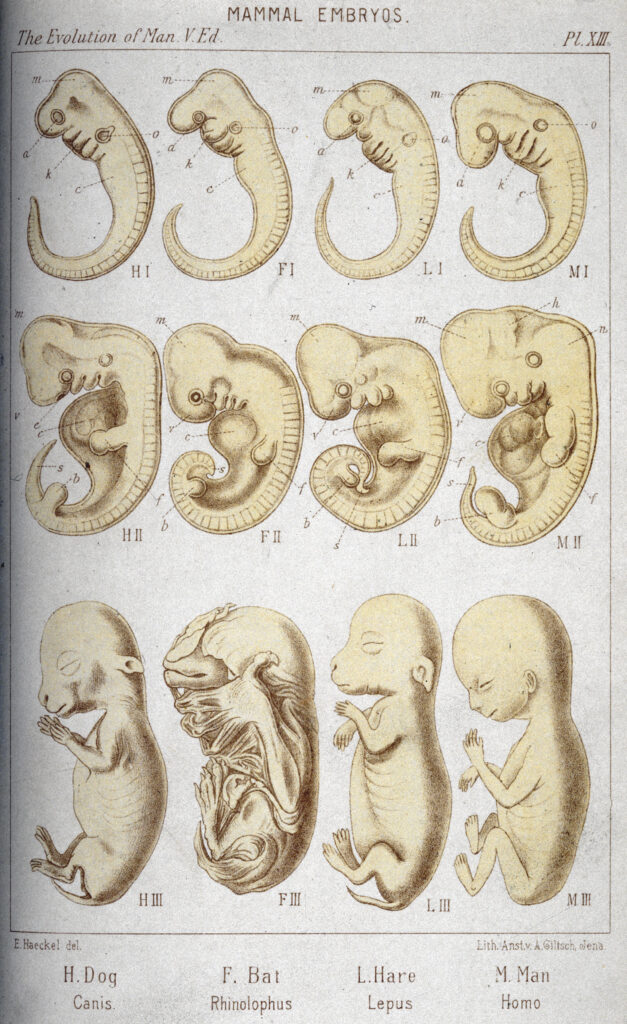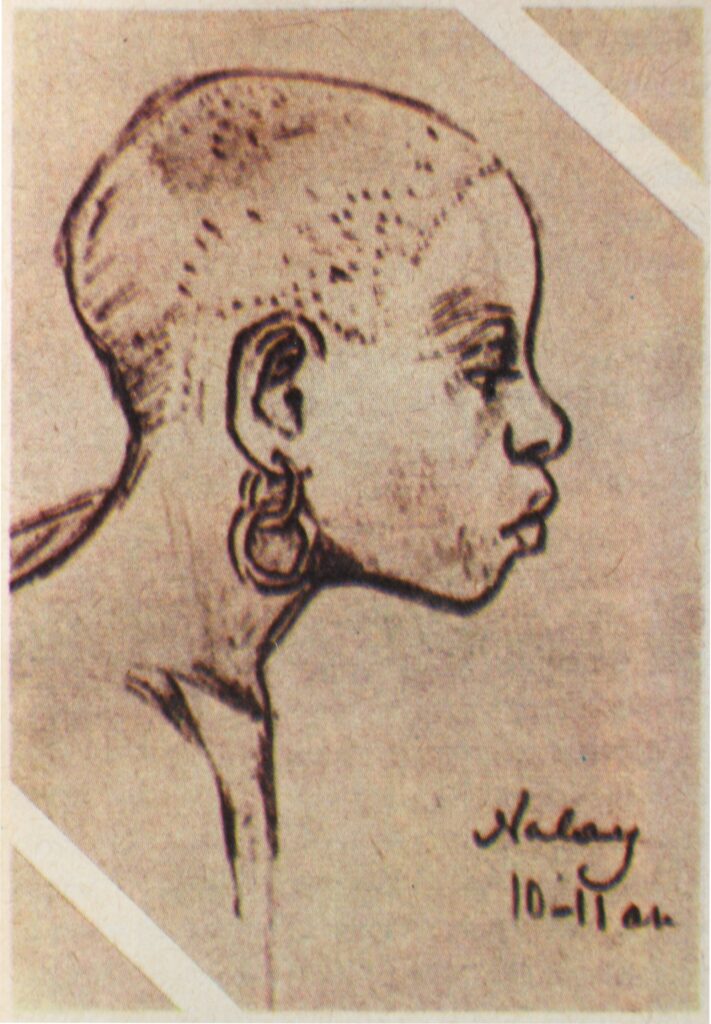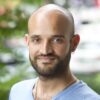How the Early Battle Over Race Science Was Lost
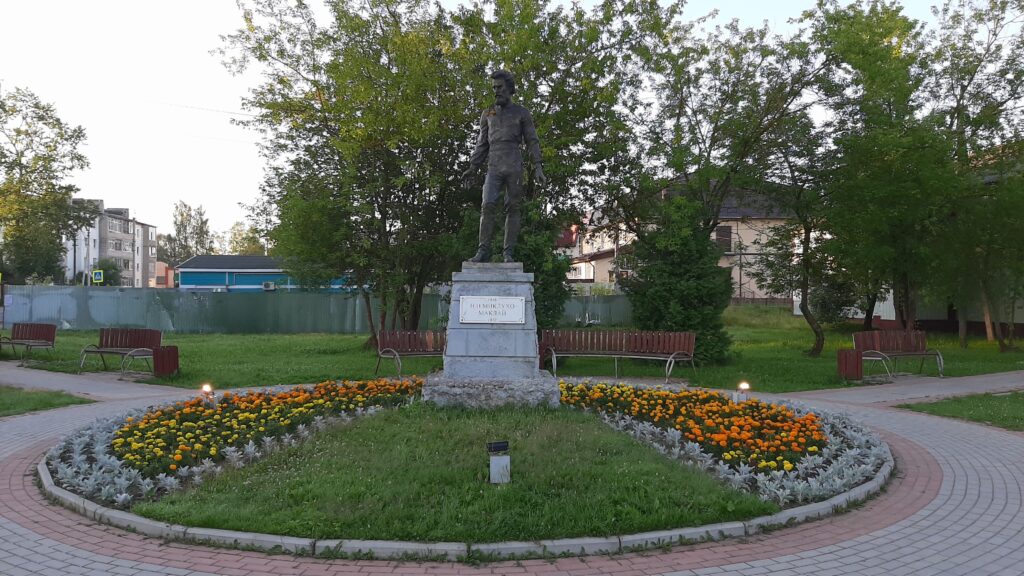
On September 20, 1871, a 25-year-old Russian biologist named Nikolai Miklucho-Maclay stepped off the ship Vityaz and onto the beach at Astrolabe Bay in New Guinea. He came to meet Indigenous Papuans, who until that moment had likely never glimpsed a European.
Some onlookers fled and arrows whizzed over his head as warning shots, but Miklucho-Maclay convinced the Papuans to let him remain. He dashed off a letter to his family in Russia: “I am at my destination. I will stay in New Guinea for a year. There is much work to do but I hope for success. Goodbye and don’t forget me.”
Miklucho-Maclay wanted to live among the Papuans, on equal terms, in order to learn about their culture and biology. During the 1870s and 1880s, he went on to reside with the Native peoples of New Guinea for years at a time, learning several local dialects and gaining their trust. At the time, this research was considered strange, if not dangerous. Anthropology as a discipline did not yet exist.
Through this work, Miklucho-Maclay crystalized anti-racist views that were strikingly progressive for an era when many European scholars believed that certain human “races” were biologically superior to others. Recording meticulous observations and measurements, he marshaled scientific evidence that debunked the racist theories of his peers. Those empirical insights galvanized him to protest slavery and the exploitation of Indigenous peoples in the South Pacific.
Yet, few people outside Russia know of Miklucho-Maclay. Little of his work was ever published, and much was destroyed after his death, in 1888, at the age of 41. I first heard of him during my doctoral studies as I was preparing to conduct my own ethnographic fieldwork in Southeast Asia.
Physical anthropology bears a sordid history. The field concocted intellectual justifications for now-disproven ideas of race science and paved the way for eugenics, the idea that humans could be improved by selecting specific hereditary traits, most often traits of White Northern Europeans. These ideas were championed by scientists such as Ernst Haeckel, who mentored Miklucho-Maclay. Their uneven relationship shows one arena where the struggle over race science was fought.
Although Miklucho-Maclay’s ideas did not gain prominence, looking back, his life and work show that the close association between race science and physical anthropology was not inevitable.
Born in 1846 to a Cossack family with Ukrainian roots, Miklucho-Maclay was raised in a household of activism and revolutionary thought. As a politically active youth, he was barred from a Russian university, so he decided to pursue education abroad. He ended up in Germany, under the tutelage of Haeckel, an emerging star in the field of evolutionary biology.
Today Haeckel remains famous yet reviled. He made important contributions in the fields of evolutionary biology and ecology, and he elucidated connections between development—changes over an individual lifespan—and evolution—changes across generations.
But he was also deeply racist and an early advocate of eugenics.
Though Haeckel trained Miklucho-Maclay in ecology and biological classification, their paths diverged, as a recent study by historians Georgy Levit and Uwe Hossfeld chronicled. Emerging scientific evidence made Haeckel see differences and entrench himself more staunchly in scientific racism. Miklucho-Maclay, on the other hand, recognized the unity of humans worldwide.
In the azure waters off a volcanic island called Lanzarote, Miklucho-Maclay found a small sea sponge that was unknown to Western science at the time. In a testament to his sympathies toward Indigenous peoples, he gave it the species name Guancha blanca—a tribute to the Guanches, Native people of the Canary Islands who had been decimated by European colonists.
Miklucho-Maclay noticed that individuals of Guancha blanca showed extreme variations in shape and the various forms bore striking similarities to coelenterates, a group of aquatic animals that includes corals, jellyfishes, and sea anemones. In line with the research trip’s mission, this observation suggested the creatures evolved from a shared, Guancha-like ancestor. It seemed Miklucho-Maclay had discovered a primitive relict from the days of early animals, a missing link that connected sponges to more complex lifeforms.
The trip’s success could have presaged an enduring friendship and working relationship. But it was not to be.
In the late 1800s, the relationship deteriorated as the men solidified incompatible views about human diversity. Charles Darwin, who formulated the theory of evolution by natural selection, was famously cautious about speculating on the details of human evolution. But not Haeckel. “Of all the individual questions answered by the theory of descent,” he wrote, “there is none of such importance as the application of this doctrine to man himself.”
Though few human fossils had been identified at the time, Haeckel found evidence for human evolution elsewhere: in development, the changes organisms undergo as they grow. By studying growing embryos of various animals, he realized that human embryos first resemble those of fish, then reptiles, then mammals. As Haeckel famously put it, “ontogeny recapitulates phylogeny.” This maxim among biologists means a growing embryo resembles successive stages in that creature’s evolutionary tree. A human embryo, for example, starts as fish-like with gills, then becomes reptile-like with a tail, before coming to resemble a human fetus.
While this evidence helped confirm the shared ancestry of all humans, Haeckel aimed to divide our species. He was a monogenist; he believed in a single origin of humans. And yet, the biologist expected to find large—and perhaps unbridgeable—differences between groups of humans, which would fit onto an evolutionary tree.
In one version of the human family tree Haeckel constructed, 12 species were scattered across 36 races. Haeckel organized these groups into a hierarchy. Indo-Europeans (specifically, Germans, Haeckel’s nationality) were at the top. Apes were at the bottom. In between were populations living far from Europe, including Aboriginal Australians, Southern African “Hottentots,” and Papuans from New Guinea. Just as Guancha blanca shed light on the shared ancestor of all animals, Haeckel believed these populations would reveal humanity’s past. He was particularly interested in the inhabitants of New Guinea, whom he relegated near the base of his unfounded hierarchy—closer to apes than Germans.
Around this time, Miklucho-Maclay also grew interested in humans; he followed Haeckel’s intuition to New Guinea. This is when their paths quite literally diverged: They had a falling out, the underlying reasons for which remain unclear. But unlike Haeckel, who mostly worked from the comfort of his armchair in Germany, Miklucho-Maclay wanted to meet these faraway people.
When Miklucho-Maclay pored through books and reports, he realized that European notions about Papuans were mostly based on fantastical rumors. No European scientists had mustered the open-mindedness to live with residents for enough time—much less as equals—to learn who they really were.
So in 1871, Miklucho-Maclay voyaged to Astrolabe Bay to live among the Papuans. That was decades before the Polish anthropologist Bronisław Malinowski developed the methodology known as participant observation, which requires long periods of immersive fieldwork like Miklucho-Maclay was about to undertake.
Once settled among the Papuans, Miklucho-Maclay slowly earned their trust and started to measure their physical traits. He soon realized all of Haeckel’s assumptions about the Papuans were wrong. He found that physical traits such as skin color, hair texture, and face shape failed to divide humans into distinct races. Papuan communities themselves were diverse; individuals had skin colors and other traits that varied along gradients. As early as 1872, Miklucho-Maclay had already disproved several of Haeckel’s assumptions that were key to his human evolutionary tree.
Haeckel never publicly acknowledged Miklucho-Maclay’s work in New Guinea. During the 1870s and 1880s, he gave lectures throughout Europe repeating the same arguments about human racial hierarchies that he proposed in the 1860s. Despite growing evidence against his classifications, Haeckel never changed his views, which were starting to look racist even by the standards of his day. In his last book, published shortly before his death in 1919, Haeckel repeated that the difference between “highly developed European nations and the lowest savages” was greater than that between the “savages” and apes.
Haeckel is said to have brought Darwinism to more people than Darwin himself. But Haeckel seemed to care little about the social implications of his evolutionary classifications.
In contrast, Miklucho-Maclay started to prioritize activism. For example, he led protests against predatory behavior, such as blackbirding, a form of enslavement perpetrated against Indigenous people in the South Pacific. In these respects, he was a man ahead of his time. In his era, physical anthropology was largely used to reinforce inequalities and hierarchies. But for Miklucho-Maclay, findings from physical anthropology refuted racist hierarchies and demanded action. “The extermination of the dark races is none other than the use of gross force. … Any honest man should rise against such atrocities,” he wrote.
In other respects, Miklucho-Maclay was very much a man of his time. He uncritically accepted the bodies of executed prisoners in Australia for anatomical examination. He even dissected his own field assistant in New Guinea. But he was also no hypocrite when it came to using the human body for scientific purpose: He donated his own skull to science and insisted it be placed in the museum cabinet among the skulls he collected from New Guinea.
Miklucho-Maclay is far less famous than his teacher. While nearly all biology textbooks mention Haeckel for his work on embryos, Miklucho-Maclay’s name appears in obscure corners of the scientific and literary universe: A species of wasp and a weevil bear his name, as does an asteroid. He is the subject of a novel written in Esperanto, a language invented in the late 1800s for global communication.
Yet, his achievements were monumental. Born to an era of baseless race science, he partly overcame his biases through systematic study and observation. In a letter to Miklucho-Maclay, Russian author Leo Tolstoy praised him: “You were the first, who, from your own experience, clearly demonstrated that humans are everywhere humans.”
The story of Miklucho-Maclay shows it was not inevitable that physical anthropology would come to justify the intellectual framework behind race science, and that activism and anthropology can complement each other in important ways. As racism and race-based thinking continue today, I sometimes imagine a version of history where Miklucho-Maclay helped stunt race science during anthropology’s infancy. His story is a rare and shining example of how scholarly rigor and activism can be combined to advance social justice—a legacy worth remembering.
Correction: March 17, 2023
An earlier version of this article said Miklucho-Maclay was born in Ukraine.































